HSBC 2008 Annual Report Download - page 67
Download and view the complete annual report
Please find page 67 of the 2008 HSBC annual report below. You can navigate through the pages in the report by either clicking on the pages listed below, or by using the keyword search tool below to find specific information within the annual report.-
 1
1 -
 2
2 -
 3
3 -
 4
4 -
 5
5 -
 6
6 -
 7
7 -
 8
8 -
 9
9 -
 10
10 -
 11
11 -
 12
12 -
 13
13 -
 14
14 -
 15
15 -
 16
16 -
 17
17 -
 18
18 -
 19
19 -
 20
20 -
 21
21 -
 22
22 -
 23
23 -
 24
24 -
 25
25 -
 26
26 -
 27
27 -
 28
28 -
 29
29 -
 30
30 -
 31
31 -
 32
32 -
 33
33 -
 34
34 -
 35
35 -
 36
36 -
 37
37 -
 38
38 -
 39
39 -
 40
40 -
 41
41 -
 42
42 -
 43
43 -
 44
44 -
 45
45 -
 46
46 -
 47
47 -
 48
48 -
 49
49 -
 50
50 -
 51
51 -
 52
52 -
 53
53 -
 54
54 -
 55
55 -
 56
56 -
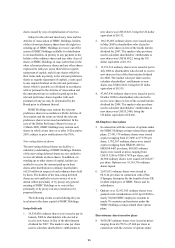 57
57 -
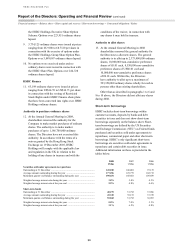 58
58 -
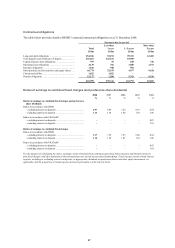 59
59 -
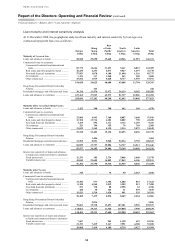 60
60 -
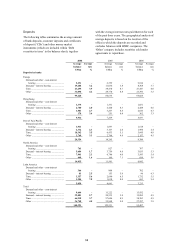 61
61 -
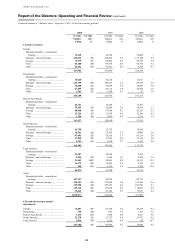 62
62 -
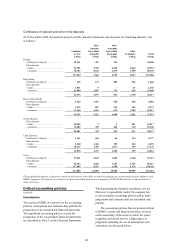 63
63 -
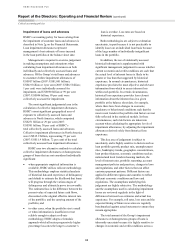 64
64 -
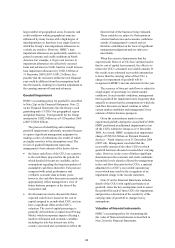 65
65 -
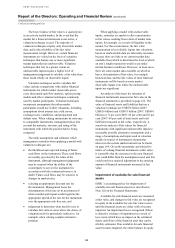 66
66 -
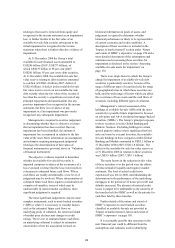 67
67 -
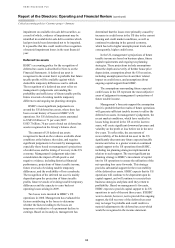 68
68 -
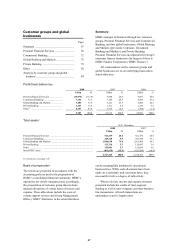 69
69 -
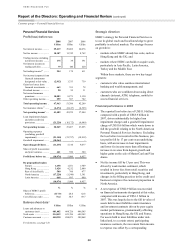 70
70 -
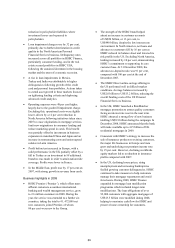 71
71 -
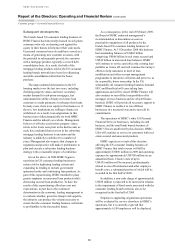 72
72 -
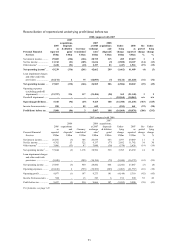 73
73 -
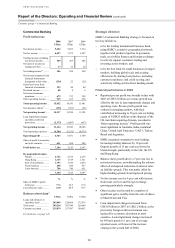 74
74 -
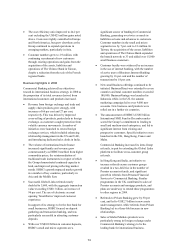 75
75 -
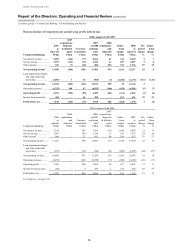 76
76 -
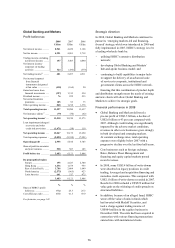 77
77 -
 78
78 -
 79
79 -
 80
80 -
 81
81 -
 82
82 -
 83
83 -
 84
84 -
 85
85 -
 86
86 -
 87
87 -
 88
88 -
 89
89 -
 90
90 -
 91
91 -
 92
92 -
 93
93 -
 94
94 -
 95
95 -
 96
96 -
 97
97 -
 98
98 -
 99
99 -
 100
100 -
 101
101 -
 102
102 -
 103
103 -
 104
104 -
 105
105 -
 106
106 -
 107
107 -
 108
108 -
 109
109 -
 110
110 -
 111
111 -
 112
112 -
 113
113 -
 114
114 -
 115
115 -
 116
116 -
 117
117 -
 118
118 -
 119
119 -
 120
120 -
 121
121 -
 122
122 -
 123
123 -
 124
124 -
 125
125 -
 126
126 -
 127
127 -
 128
128 -
 129
129 -
 130
130 -
 131
131 -
 132
132 -
 133
133 -
 134
134 -
 135
135 -
 136
136 -
 137
137 -
 138
138 -
 139
139 -
 140
140 -
 141
141 -
 142
142 -
 143
143 -
 144
144 -
 145
145 -
 146
146 -
 147
147 -
 148
148 -
 149
149 -
 150
150 -
 151
151 -
 152
152 -
 153
153 -
 154
154 -
 155
155 -
 156
156 -
 157
157 -
 158
158 -
 159
159 -
 160
160 -
 161
161 -
 162
162 -
 163
163 -
 164
164 -
 165
165 -
 166
166 -
 167
167 -
 168
168 -
 169
169 -
 170
170 -
 171
171 -
 172
172 -
 173
173 -
 174
174 -
 175
175 -
 176
176 -
 177
177 -
 178
178 -
 179
179 -
 180
180 -
 181
181 -
 182
182 -
 183
183 -
 184
184 -
 185
185 -
 186
186 -
 187
187 -
 188
188 -
 189
189 -
 190
190 -
 191
191 -
 192
192 -
 193
193 -
 194
194 -
 195
195 -
 196
196 -
 197
197 -
 198
198 -
 199
199 -
 200
200 -
 201
201 -
 202
202 -
 203
203 -
 204
204 -
 205
205 -
 206
206 -
 207
207 -
 208
208 -
 209
209 -
 210
210 -
 211
211 -
 212
212 -
 213
213 -
 214
214 -
 215
215 -
 216
216 -
 217
217 -
 218
218 -
 219
219 -
 220
220 -
 221
221 -
 222
222 -
 223
223 -
 224
224 -
 225
225 -
 226
226 -
 227
227 -
 228
228 -
 229
229 -
 230
230 -
 231
231 -
 232
232 -
 233
233 -
 234
234 -
 235
235 -
 236
236 -
 237
237 -
 238
238 -
 239
239 -
 240
240 -
 241
241 -
 242
242 -
 243
243 -
 244
244 -
 245
245 -
 246
246 -
 247
247 -
 248
248 -
 249
249 -
 250
250 -
 251
251 -
 252
252 -
 253
253 -
 254
254 -
 255
255 -
 256
256 -
 257
257 -
 258
258 -
 259
259 -
 260
260 -
 261
261 -
 262
262 -
 263
263 -
 264
264 -
 265
265 -
 266
266 -
 267
267 -
 268
268 -
 269
269 -
 270
270 -
 271
271 -
 272
272 -
 273
273 -
 274
274 -
 275
275 -
 276
276 -
 277
277 -
 278
278 -
 279
279 -
 280
280 -
 281
281 -
 282
282 -
 283
283 -
 284
284 -
 285
285 -
 286
286 -
 287
287 -
 288
288 -
 289
289 -
 290
290 -
 291
291 -
 292
292 -
 293
293 -
 294
294 -
 295
295 -
 296
296 -
 297
297 -
 298
298 -
 299
299 -
 300
300 -
 301
301 -
 302
302 -
 303
303 -
 304
304 -
 305
305 -
 306
306 -
 307
307 -
 308
308 -
 309
309 -
 310
310 -
 311
311 -
 312
312 -
 313
313 -
 314
314 -
 315
315 -
 316
316 -
 317
317 -
 318
318 -
 319
319 -
 320
320 -
 321
321 -
 322
322 -
 323
323 -
 324
324 -
 325
325 -
 326
326 -
 327
327 -
 328
328 -
 329
329 -
 330
330 -
 331
331 -
 332
332 -
 333
333 -
 334
334 -
 335
335 -
 336
336 -
 337
337 -
 338
338 -
 339
339 -
 340
340 -
 341
341 -
 342
342 -
 343
343 -
 344
344 -
 345
345 -
 346
346 -
 347
347 -
 348
348 -
 349
349 -
 350
350 -
 351
351 -
 352
352 -
 353
353 -
 354
354 -
 355
355 -
 356
356 -
 357
357 -
 358
358 -
 359
359 -
 360
360 -
 361
361 -
 362
362 -
 363
363 -
 364
364 -
 365
365 -
 366
366 -
 367
367 -
 368
368 -
 369
369 -
 370
370 -
 371
371 -
 372
372 -
 373
373 -
 374
374 -
 375
375 -
 376
376 -
 377
377 -
 378
378 -
 379
379 -
 380
380 -
 381
381 -
 382
382 -
 383
383 -
 384
384 -
 385
385 -
 386
386 -
 387
387 -
 388
388 -
 389
389 -
 390
390 -
 391
391 -
 392
392 -
 393
393 -
 394
394 -
 395
395 -
 396
396 -
 397
397 -
 398
398 -
 399
399 -
 400
400 -
 401
401 -
 402
402 -
 403
403 -
 404
404 -
 405
405 -
 406
406 -
 407
407 -
 408
408 -
 409
409 -
 410
410 -
 411
411 -
 412
412 -
 413
413 -
 414
414 -
 415
415 -
 416
416 -
 417
417 -
 418
418 -
 419
419 -
 420
420 -
 421
421 -
 422
422 -
 423
423 -
 424
424 -
 425
425 -
 426
426 -
 427
427 -
 428
428 -
 429
429 -
 430
430 -
 431
431 -
 432
432 -
 433
433 -
 434
434 -
 435
435 -
 436
436 -
 437
437 -
 438
438 -
 439
439 -
 440
440 -
 441
441 -
 442
442 -
 443
443 -
 444
444 -
 445
445 -
 446
446 -
 447
447 -
 448
448 -
 449
449 -
 450
450 -
 451
451 -
 452
452 -
 453
453 -
 454
454 -
 455
455 -
 456
456 -
 457
457 -
 458
458 -
 459
459 -
 460
460 -
 461
461 -
 462
462 -
 463
463 -
 464
464 -
 465
465 -
 466
466 -
 467
467 -
 468
468 -
 469
469 -
 470
470 -
 471
471 -
 472
472
 |
 |
65
relating to that asset is removed from equity and
recognised in the income statement as an impairment
loss. A further decline in the fair value of an
available-for-sale debt security subsequent to the
initial impairment is recognised in the income
statement when there is further objective evidence of
impairment.
At 31 December 2008 the Group’s total
available-for-sale financial assets amounted to
US$286 billion (2007: US$273 billion), of
which US$279 billion or 98 per cent (2007:
US$261 billion; 95 per cent) were debt securities.
At 31 December 2008, the available-for-sale fair
value reserve relating to debt securities amounted
to a deficit of US$21.4 billion (2007: deficit of
US$2.4 billion). A deficit in the available-for-sale
fair value reserve occurs on an available-for-sale
debt security when the fair value of the security is
less than the security’s acquisition cost (net of any
principal repayments and amortisation) less any
previous impairment loss recognised in the income
statement, but there is no evidence of any
impairment or, if an impairment was previously
recognised, any subsequent impairment.
Management is required to exercise judgement
in determining whether there is objective evidence
that an impairment loss has occurred. Once an
impairment has been identified, the amount of
impairment loss is measured in relation to the fair
value of the asset. More information on assumptions
and estimates requiring management judgement
relating to the determination of fair values of
financial instruments is provided above in ‘Valuation
of financial instruments’.
The objective evidence required to determine
whether an available-for-sale debt security is
impaired comprises evidence of the occurrence of a
loss event and evidence that the loss event results in
a decrease in estimated future cash flows. Where
cash flows are readily determinable, a low level of
judgement may be involved. Where determination of
estimated future cash flows requires consideration of
a number of variables, some of which may be
unobservable in current market conditions, more
significant judgement is required.
The most significant judgements concern more
complex instruments, such as asset-backed securities
(‘ABS’s), where it is necessary to consider factors
such as the estimated future cash flows on
underlying pools of collateral, the extent and depth
of market price declines and changes in credit
ratings. The review of estimated future cash flows
on underlying collateral is subject to estimation
uncertainties where the assessment is based on
historical information on pools of assets, and
judgement is required to determine whether
historical performance is likely to be representative
of current economic and credit conditions. A
description of these securities is included in the
‘Impact of market turmoil’ section under ‘Nature
and extent of HSBC’s exposures’ on page 150 and a
more detailed description of the assumptions and
estimates used in assessing these securities for
impairment is disclosed in the section ‘Assessing
available-for-sale assets for impairment’ on
page 170.
There is no single factor to which the Group’s
charge for impairment of available-for-sale debt
securities is particularly sensitive, because of the
range of different types of securities held, the range
of geographical areas in which those securities are
held, and the wide range of factors which can affect
the occurrence of loss events and the cash flows of
securities, including different types of collateral.
Management’s current assessment of the
holdings of available-for-sale ABSs with the most
sensitivity to possible future impairment is focused
on sub-prime and Alt-A residential mortgage-backed
securities (‘MBSs’). The Group’s principal exposure
to these securities is in the Global Banking and
Markets’ business. Excluding holdings in certain
special purpose entities where significant first loss
risks are borne by external investors, the available-
for-sale holdings in these categories within Global
Banking and Markets amounted to US$5.2 billion at
31 December 2008 (2007: US$11.8 billion). The
deficit in the available-for-sale fair value reserve as
at 31 December 2008 in relation to these securities
was US$5.9 billion (2007: US$1.1 billion).
The main factors in the reduction in fair value
of these securities over the period were the effects
of reduced market liquidity and negative market
sentiment. The level of actual credit losses
experienced was low in 2008, notwithstanding the
deterioration in the performance of the underlying
mortgages in the period as US house prices fell and
defaults increased. The absence of material credit
losses is judged to be attributable to the seniority of
the tranches held by HSBC as well as the priority for
cash flow held by these tranches.
Further details of the nature and extent of
HSBC’s exposures to asset backed securities
classified as available-for-sale are provided in
‘Impact of market turmoil–nature and extent of
HSBC’s exposures’ on page 150.
It is reasonably possible that outcomes in the
next financial year could be different from the
assumptions and estimates used in identifying
